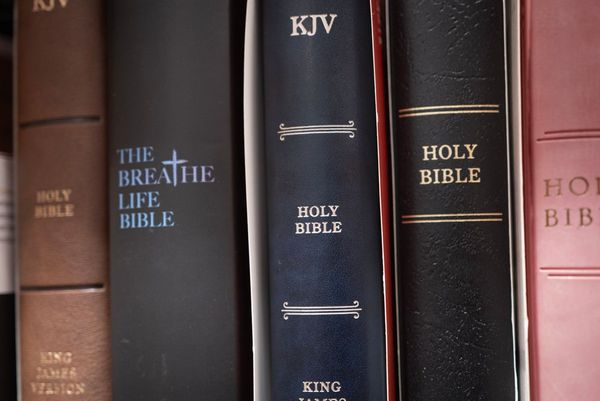
An engagement ring is a powerful symbol. It represents love, commitment, and the promise of a future together. However, in our consumer-driven culture, it has also become a symbol of status, often leading to a disastrous financial decision. The pressure to buy a large, expensive ring can lead to the one engagement ring mistake that puts couples in debt for years: financing the purchase.
Starting a marriage with a significant debt for a piece of jewelry is a recipe for stress and conflict. It prioritizes a momentary “wow” factor over long-term financial health. Here’s why this common mistake is so damaging and how to avoid it.
The Myth of the “Two-Month Salary” Rule
For decades, the diamond industry has promoted the guideline that one should spend two to three months’ salary on an engagement ring. It’s important to remember that this “rule” was not born from tradition but from a brilliant marketing campaign by the De Beers diamond company in the 20th century. It’s a completely arbitrary standard designed to sell more expensive diamonds.
Falling for this myth is the first step toward the engagement ring mistake. Couples feel pressured to meet this artificial benchmark, leading them to look at rings far outside their actual budget. This creates a sense of inadequacy and pushes them toward financing as the only option.
The Dangers of In-Store Financing
Jewelry stores make it incredibly easy to finance an engagement ring. They often advertise “0% interest for 12 months” or similar promotions. While this sounds like a great deal, it’s a dangerous debt trap. These offers are typically a form of deferred interest.
This means if you don’t pay off the entire balance within the promotional period, you will be charged all the interest that has been accumulating from the date of purchase. The interest rates on these store credit lines are often exorbitant, sometimes as high as 25-30%. A small remaining balance can suddenly balloon into a massive debt.
Starting a Marriage on a Foundation of Debt
Beginning your life together with a large, high-interest debt creates immediate financial stress. Instead of saving for a down payment on a house or building an emergency fund, your money is going toward paying off a depreciating asset. This can lead to arguments about money before you are even married.
Financial stress is one of the leading causes of divorce. By making this engagement ring mistake, a couple is voluntarily adding a significant financial burden to their relationship during a period that should be joyful. It sets a precedent of making major financial decisions based on emotion and social pressure rather than sound judgment.
The Ring’s Value vs. Its Cost
It’s crucial to understand that the retail price of an engagement ring is not its actual value. Like a new car, a diamond ring loses a significant portion of its value the moment you leave the store. The retail markup on jewelry is enormous, often 100% to 300%.
If you were to try and sell the ring a year later, you would likely get less than half of what you paid for it. Financing a depreciating asset is one of the worst financial moves you can make. You are paying interest on an item whose value is actively decreasing.
The Opportunity Cost of a Financed Ring
Opportunity cost is the potential gain you miss out on when you choose one alternative over another. Let’s say you finance a $10,000 ring. That’s $10,000 (plus interest) that could have been invested in the stock market, put into a high-yield savings account, or used to pay down other, more productive debts like student loans.
Over time, that $10,000 could grow into a much larger sum, contributing to your long-term wealth. The real cost of the financed ring isn’t just the sticker price; it’s the future financial security you sacrificed for it.
How to Avoid This Costly Mistake
Avoiding this engagement ring mistake requires open communication and a shift in mindset. A couple should have an honest conversation about their finances and set a realistic budget *before* they go ring shopping. The amount you spend should be a number you can comfortably pay for in cash.
Consider alternatives to a traditional new diamond. Lab-grown diamonds, moissanite, or vintage rings are all beautiful, more affordable, and ethically sound options. Remember, the goal is to get married, not just to get a ring. The size of the stone has no correlation to the success of the marriage.
A Symbol of Love, Not Debt
An engagement ring should be a joyful symbol of your commitment, not a source of financial anxiety. The most romantic gesture is not buying the biggest ring but making a financially responsible decision that sets your future family up for success. By avoiding the trap of financing and focusing on what you can truly afford, you are giving each other a much more valuable gift: a future built on a foundation of financial stability and mutual respect.
What do you think is a reasonable amount to spend on an engagement ring? Let us know in the comments.
What to Read Next…
- 9 Outdated Wedding Rituals That Still Reinforce Gender Inequality Today
- Why Do Partners Hide Debt Until Marriage?
- 7 Subtle Financial Traps in Happy Marriages
- 7 Marriage Bad Habits Boomers Think Are Normal (But Are Actually Toxic)
- 9 Marriage License Conditions That Can Create Inheritance Disputes
The post The Engagement Ring Mistake That Puts Couples in Debt for Years appeared first on Budget and the Bees.







